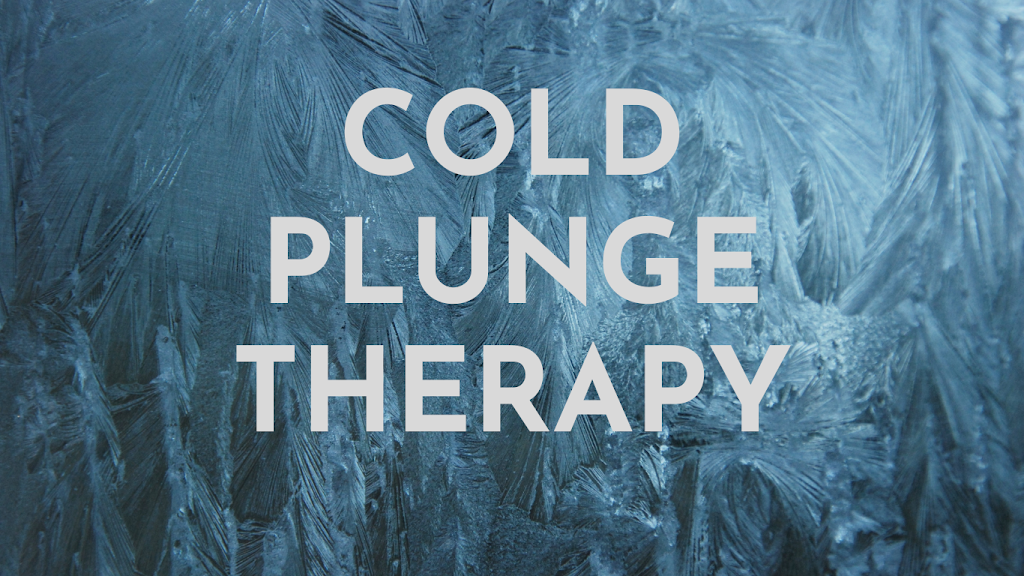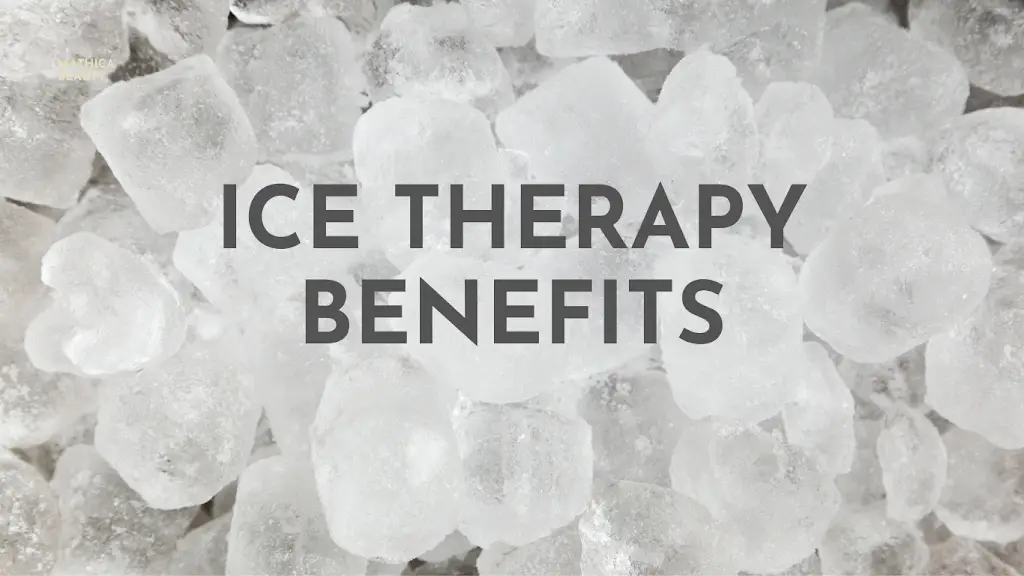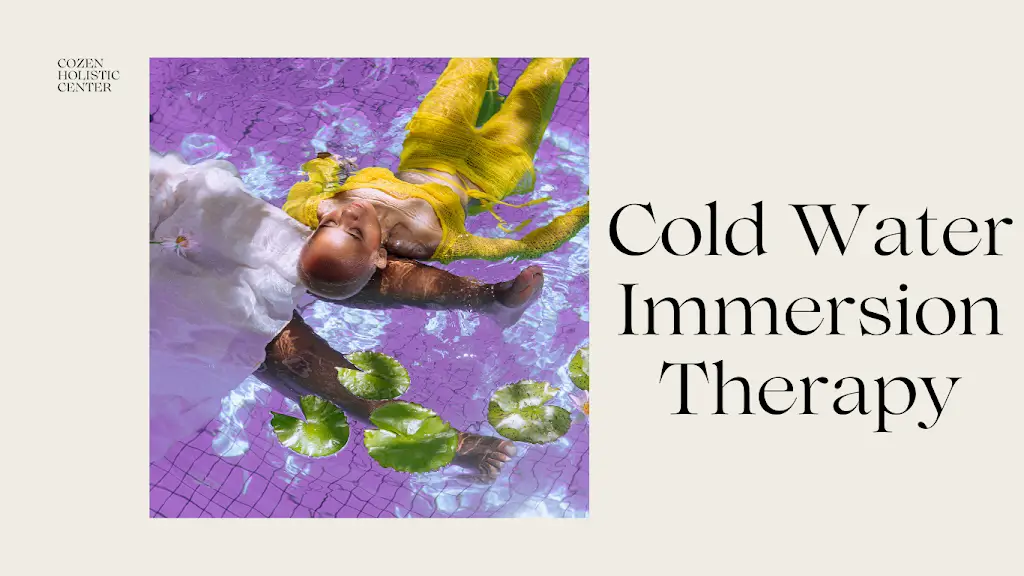Cryotherapy For Pain
Cryotherapy is a form of cold therapy that involves
exposing the body to extremely cold temperatures for short periods of time.
This therapy has been gaining popularity in recent years as a treatment for
pain and inflammation. In this article, we will explore the potential benefits
of cryotherapy for pain and how it works to alleviate pain.
What is Cryotherapy?
Cryotherapy is a form of cold therapy that involves
exposing the body to extremely cold temperatures for a short period of time.
This therapy can be delivered in a variety of ways, including whole-body
cryotherapy, local cryotherapy, and cryofacials. In whole-body cryotherapy, the
patient stands in a cryochamber that exposes the body to temperatures as low as
-150°C for a few minutes. Local cryotherapy involves applying cold to a
specific area of the body, while cryofacials use cold to tighten and rejuvenate
the skin on the face.
How Does Cryotherapy Work for Pain?
Cryotherapy works by reducing inflammation and numbing
pain. When the body is exposed to cold temperatures, the blood vessels in the
area constrict, which reduces blood flow to the area. This reduction in blood
flow helps to reduce inflammation and swelling, which can be a major source of
pain. The cold also helps to numb the area, which can reduce pain sensation.
In addition to reducing inflammation and numbing pain,
cryotherapy also helps to stimulate the body’s natural healing processes. When
the body is exposed to cold temperatures, it triggers a response from the
immune system, which releases anti-inflammatory cytokines and other healing
factors. This can help to promote tissue repair and reduce pain.
Benefits of Cryotherapy for Pain:
Reduced Inflammation
One of the main benefits of cryotherapy for pain is its
ability to reduce inflammation. Inflammation is a natural response of the
immune system to injury or infection, but chronic inflammation can lead to pain
and other health problems. Cryotherapy helps to reduce inflammation by
constricting blood vessels in the affected area and reducing blood flow to the
area.
Reduced Pain
Cryotherapy is also effective at reducing pain. The cold
temperature helps to numb the area, reducing pain sensation. Additionally,
cryotherapy triggers the release of endorphins, which are natural painkillers
produced by the body.
Improved Joint Function
Cryotherapy has been shown to improve joint function in
individuals with arthritis and other joint disorders. The cold temperature
helps to reduce inflammation in the joints, which can improve mobility and
reduce pain.
Accelerated Healing
Cryotherapy also helps to accelerate healing by
stimulating the body’s natural healing processes. The cold temperature triggers
a response from the immune system, which releases cytokines and other healing
factors that promote tissue repair.
Improved Sleep
Pain can interfere with sleep, making it difficult to get
the rest you need to recover. Cryotherapy can help to reduce pain, which can
improve sleep quality and help you get the rest you need to recover.
Reduced Muscle Soreness
Cryotherapy has been shown to be effective at reducing
muscle soreness after exercise. The cold temperature helps to reduce
inflammation in the muscles, which can reduce soreness and improve recovery
time.
Improved Athletic Performance
Cryotherapy has also been shown to improve athletic
performance by reducing fatigue and improving recovery time. The cold
temperature helps to reduce inflammation and improve circulation, which can
help to improve endurance and performance.
Reduced Migraines
Cryotherapy has been shown to be effective at reducing
the frequency and severity of migraines. The cold temperature helps to
constrict blood vessels in the head, which can reduce pain and inflammation.
Reduced Fibromyalgia Symptoms
Cryotherapy may also be beneficial for individuals with
fibromyalgia, a condition characterized by
chronic pain and fatigue. Cryotherapy has been shown to
reduce pain and fatigue in individuals with fibromyalgia by reducing inflammation
and triggering the release of endorphins.
Reduced Nerve Pain
Cryotherapy has also been shown to be effective at
reducing nerve pain, such as that caused by neuropathy. The cold temperature
helps to numb the area, reducing pain sensation.
Reduced Swelling
Cryotherapy can be effective at reducing swelling in the
affected area. The cold temperature helps to constrict blood vessels, which
reduces blood flow to the area and reduces swelling.
Non-Invasive
Cryotherapy is a non-invasive treatment option for pain.
Unlike surgery or injections, cryotherapy does not involve any incisions or
injections, which can be a major benefit for individuals who prefer
non-invasive treatment options.
Minimal Side Effects
Cryotherapy is generally considered to be safe and has
minimal side effects. The most common side effect is temporary numbness or
tingling in the affected area.
Alternative to Medications
Cryotherapy can be a good alternative to medications for
individuals who prefer non-pharmacological treatment options. Cryotherapy can
be effective at reducing pain without the potential side effects of
medications.
Easy to Access
Cryotherapy is becoming more widely available and is
relatively easy to access. Many spas and wellness centers offer cryotherapy
services, and there are even at-home cryotherapy devices available for
purchase.
Potential Risks of Cryotherapy
While cryotherapy is generally considered safe, there are
some potential risks to be aware of. These include:
Skin Damage
Exposure to extremely cold temperatures can cause skin
damage, including frostbite and burns. It is important to follow the
instructions of a trained professional when undergoing cryotherapy to avoid
skin damage.
Inhalation of Nitrogen Gas
Whole-body cryotherapy involves exposure to nitrogen gas,
which can be dangerous if inhaled in large quantities. It is important to
ensure that the cryochamber is well-ventilated to avoid inhaling nitrogen gas.
Increased Blood Pressure
Exposure to cold temperatures can cause an increase in
blood pressure, which can be dangerous for individuals with hypertension or
other cardiovascular conditions. It is important to consult with a healthcare
professional before undergoing cryotherapy if you have a cardiovascular condition.
Claustrophobia
Some individuals may experience claustrophobia or anxiety
when undergoing whole-body cryotherapy. It is important to communicate any
concerns with the therapist and to ensure that you feel comfortable before
beginning the treatment.
Conclusion
Cryotherapy is a promising treatment option for pain and
inflammation. It works by reducing inflammation, numbing pain, and stimulating
the body’s natural healing processes. Cryotherapy has been shown to be
effective at reducing pain and improving joint function in individuals with
arthritis, reducing muscle soreness after exercise, and improving athletic
performance. It may also be beneficial for individuals with migraines,
fibromyalgia, and nerve pain. While cryotherapy is generally considered safe,
there are some potential risks to be aware of. It is important to consult with
a healthcare professional before undergoing cryotherapy and to follow the
instructions of a trained professional to avoid skin damage and other risks.





